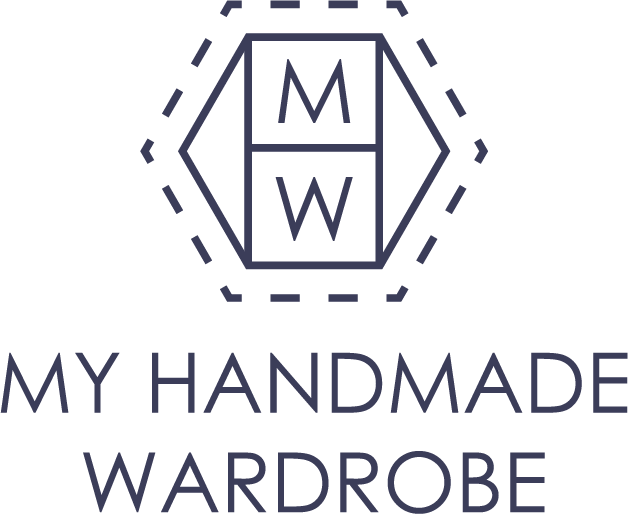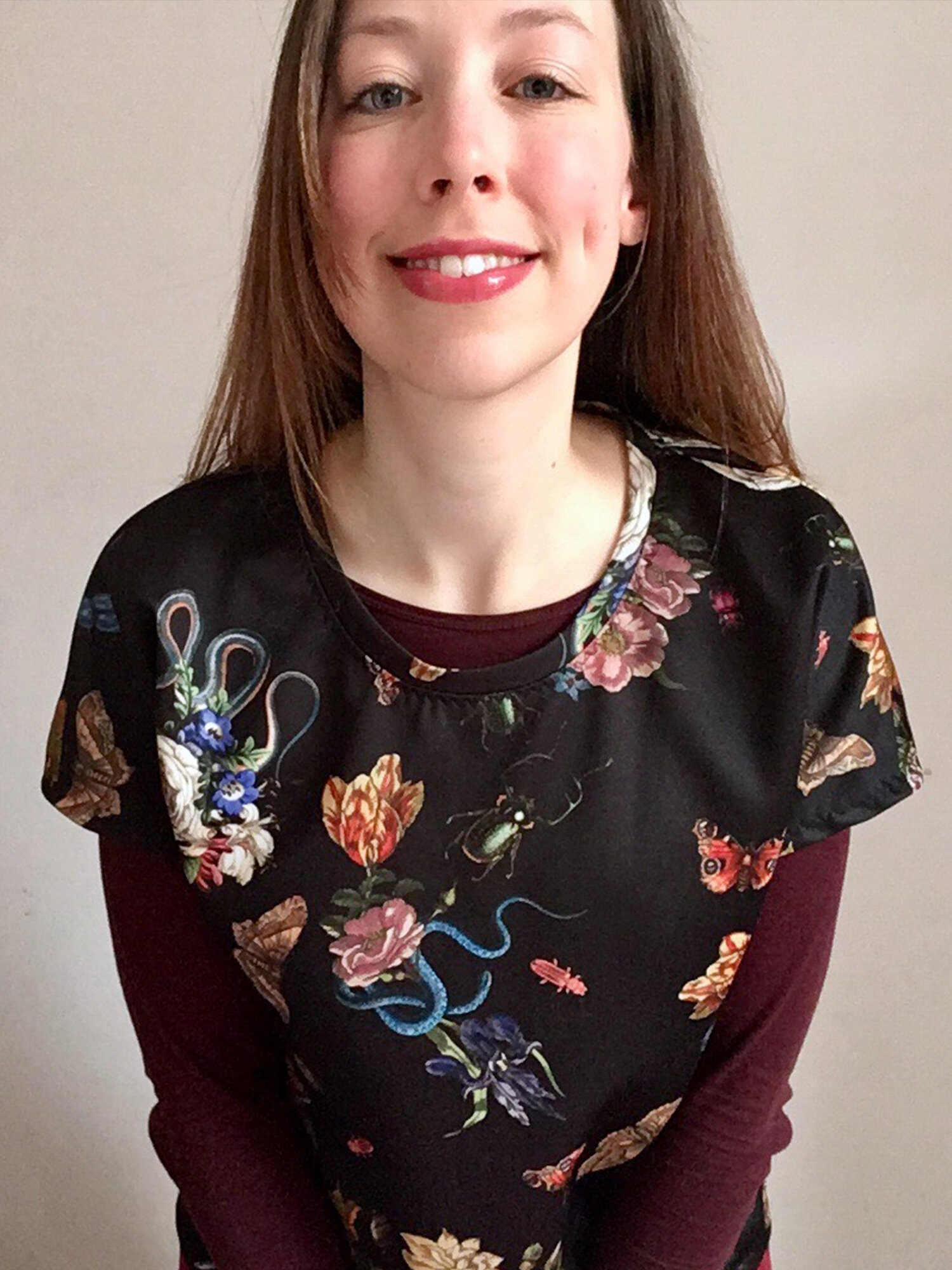How to… Sew with scuba fabric
Scuba fabric is a great choice for new dressmakers, or those with a little bit of a fear of venturing into the world of sewing with jersey fabrics !
Scuba is a polyester based jersey knit fabric which has some stretch. It’s a thicker and more stable knit than single jersey and It has a kind-of bouncy feel to it.
Our ‘3 by 3 Tee’s’ pattern can be made in a variety of different stretchy fabrics and stable jersey, like scuba, works beautifully as a warm winter version of this versatile pattern. .
I decided to have a go at making a simple 3 by 3 tee in scuba fabric using this fantastic Lady McElroy printed scuba.
Scuba is an interesting fabric to work with as it’s very easy to sew but pressing can take a little bit of experimentation. Scuba has a high polyester content, which can melt under a high heat. I started off using a synthetic setting on the iron and a pressing cloth. I pressed for a few seconds but when I removed the cloth I found the seams just sprang back. So I changed up to a wool setting on my iron and, still using a cloth to protect the fabric, I left the iron on for a little longer, removed it and left the cloth on whilst the scuba fabric called a little for a few seconds. This worked well to set the seams and stitching nicely.
All in all, including printing and piecing the PDF, this project took me just two hours. That’s less time then it would take me to get into town, choose and buy a T-shirt and get home! I sew love a quick make!
Tips for sewing with scuba fabric:
Sew using a ballpoint/jersey needle and the stretch stitch on your sewing machine.
Finish off the hems and neck line with the three step zigzag stitch. I think this works really well on scuba fabric.
Check your iron settings carefully and experiment on scraps to find the right settings.
Layer the fabric at the neck binding seam. After zigzag stitching, trim away the seam allowance of the neck binding but not the seam allowance around the neckline. This spread out the bulk and meant the neckline sits a lot flatter.
When sewing curves clip in at a few points within the seam allowance at curved seams, such as the under arm curve, to release it. This will eliminate any pulling in this area.






